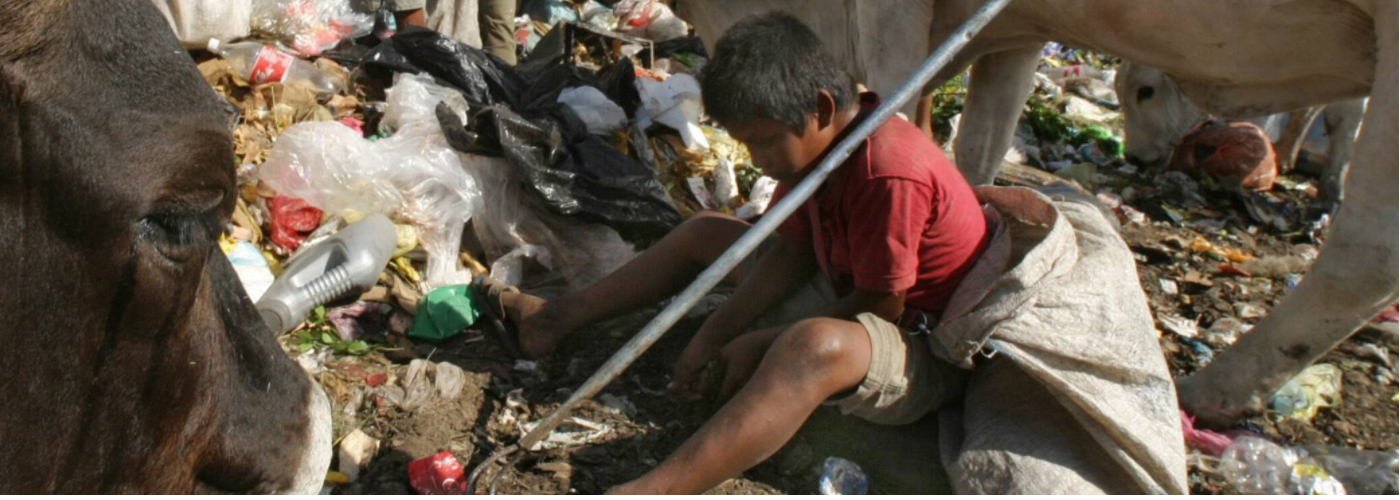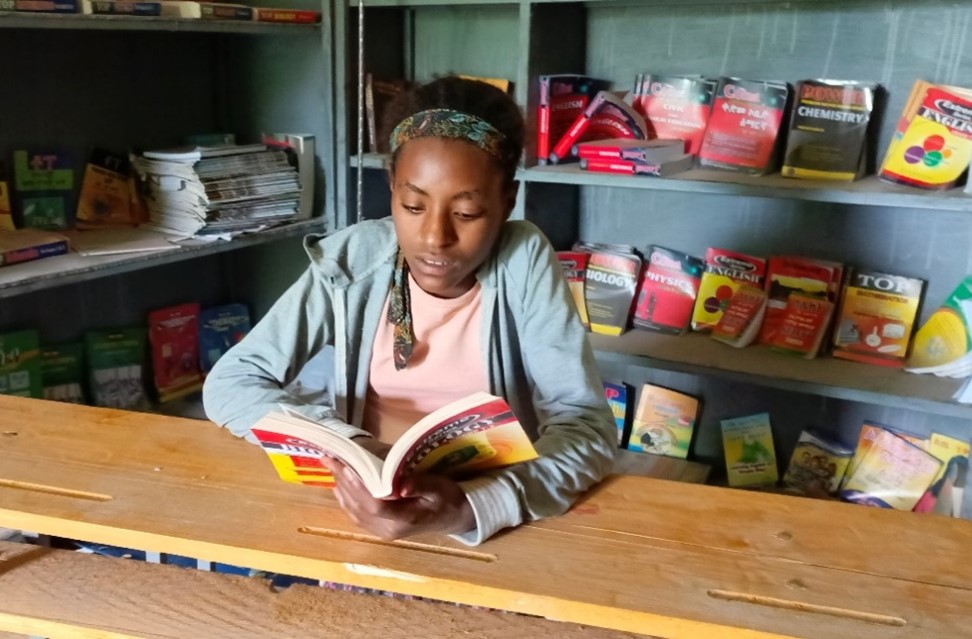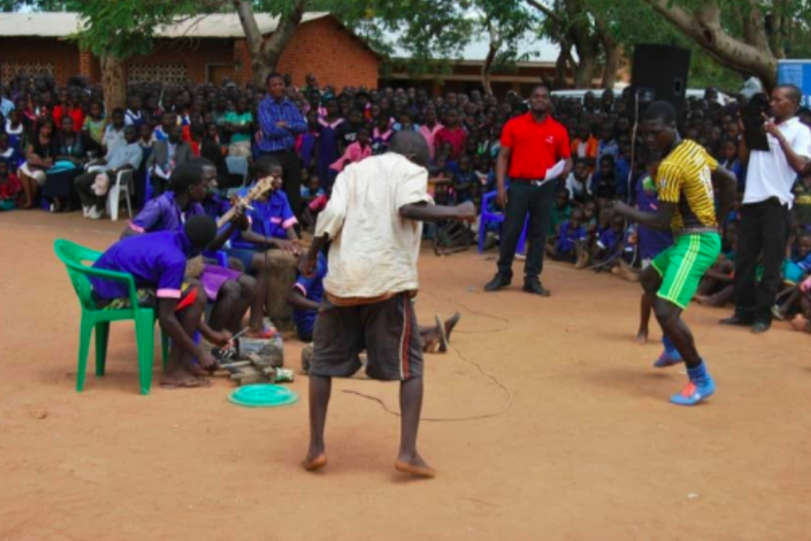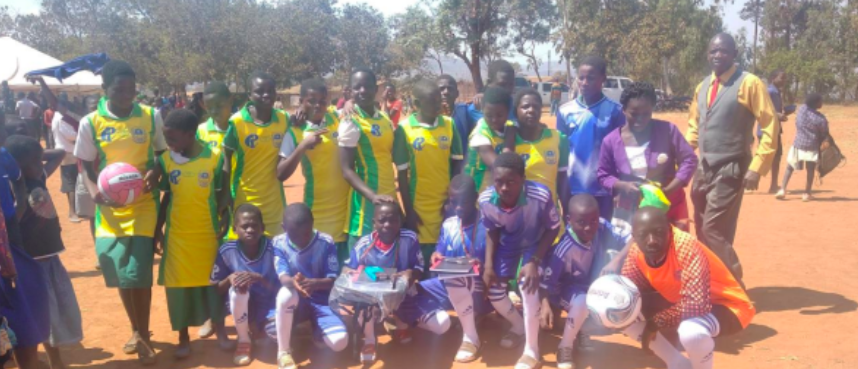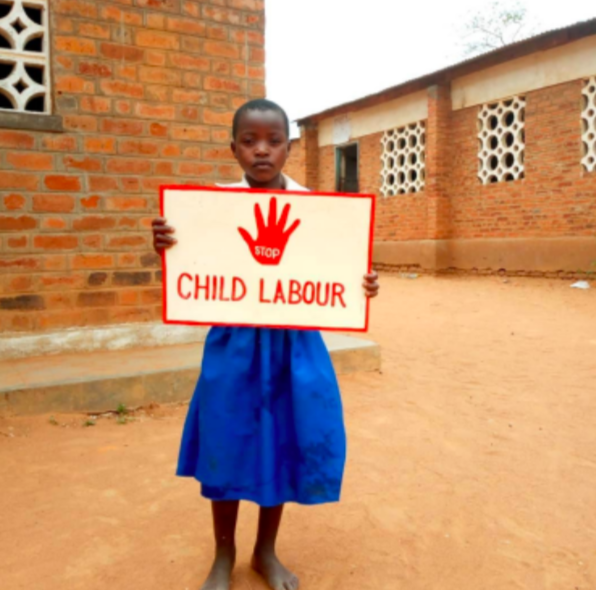Global progress to end child labour has come to a halt for the first time in over two decades, reversing the downward trend that saw child labour fall by 94 million between 2000 and 2016. It is estimated that by early 2020, 160 million children were working, which equates to approximately one in ten children. The effects of covid have not even been taken into account into this forecast. All the more reason to support our approach of creating Child Labour Free Zones.
To reverse this trend, the ILO and UNICEF are calling for increased spending on public services and education, decent work for adults, and stronger laws to protect children better.
Stop Child Labour endorses this and continues to work with the Stop Child Labour method of an area-based approach to create child labour free zones. This approach has proven to break the vicious circle of poverty by making education accessible for every child and working on the causes, including changing norms on child labour. Especially now, extra attention is needed for girls, as they are at extra risk of being married off while they are still minors, with all the consequences this entails, such as teenage pregnancies.
“Children who perform child labour risk physical and mental harm. Child labour jeopardises children’s education and limits their rights and future opportunities.”
Read the full ILO article here.

